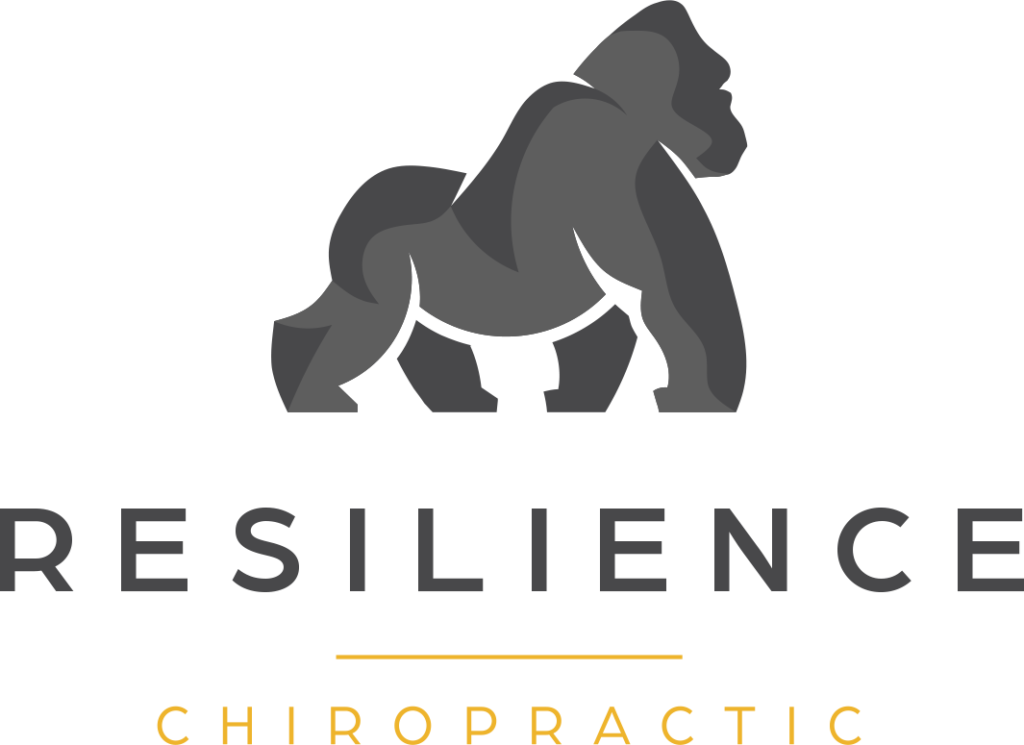You may not realize how many cost-effective health benefits are available for your family, but prioritizing a few simple strategies can make a significant difference. From engaging in regular family exercise to exploring community health programs, there are practical ways to enhance well-being without breaking the bank. Meal planning could save you money while fostering healthier eating habits, and telehealth services can provide accessible care when you need it. Curious about how these strategies can transform your family's health? Let's explore these options further to find what might work best for you.
Regular Family Exercise
Getting your family moving together can be a fun and rewarding way to boost everyone's health. Regular family exercise not only helps maintain physical fitness but also strengthens bonds and encourages a supportive environment. You don't need a gym membership or fancy equipment; simple activities can be just as effective.
Start by scheduling family walks or bike rides around your neighborhood or local parks. These outings allow everyone to enjoy nature while getting their heart rates up. Consider setting a goal, like walking a certain number of miles each week or exploring a new trail every month. This adds excitement and keeps everyone engaged.
You might also enjoy family sports such as soccer, basketball, or even a game of tag in the backyard. These activities aren't only fun but also provide a great opportunity for friendly competition. You'll find that laughter and teamwork enhance the experience, making exercise feel less like a chore and more like playtime.
Don't forget about home workouts! You can find plenty of online resources for family-friendly exercise routines that everyone can participate in. Try yoga sessions or dance-offs in your living room; these activities can easily fit into your schedule and bring everyone together.
Meal Planning and Preparation
When you plan your meals, you're not just saving time; you're also keeping your grocery budget in check.
Focusing on budget-friendly ingredients can help you whip up nutritious meals without breaking the bank.
Plus, with a few smart strategies, you can streamline your meal prep and make cooking a breeze for your family.
Budget-Friendly Ingredients
Often, families can stretch their food budgets by incorporating budget-friendly ingredients into their meal planning and preparation. Start by focusing on whole grains like brown rice, oats, and quinoa. These not only fill you up but also provide essential nutrients at a lower cost than processed options.
Next, consider incorporating legumes such as beans, lentils, and chickpeas. They're not only affordable but also packed with protein and fiber, making them perfect for hearty meals.
Frozen fruits and vegetables are another great option; they're often less expensive than fresh produce and can be just as nutritious.
Don't overlook seasonal produce, either. Buying fruits and vegetables in season can save you money and enhance your meals with fresh flavors.
Additionally, bulk buying staples like pasta, flour, and canned goods can lead to significant savings over time.
Finally, try to plan meals around sales or discounts at your local grocery store. By being strategic with your ingredient choices, you can create delicious, nutritious meals that won't break the bank.
Embracing budget-friendly ingredients can lead to healthier eating habits and a happier wallet for your family.
Time-Saving Strategies
Streamline your meal planning and preparation to save time during busy weeks. Start by dedicating one day each week to plan your meals. Choose simple recipes that use overlapping ingredients, so you can maximize your grocery list and minimize waste.
Write down a shopping list based on your meal plan and stick to it to avoid impulse buys. Once you've shopped, set aside a couple of hours to prep. Chop vegetables, marinate proteins, and cook grains in advance. Store these in clear, labeled containers in the fridge, making it easy to grab and go during the week.
Consider batch cooking meals and freezing portions for later, which can be a lifesaver on hectic nights. Utilize slow cookers or instant pots for effortless cooking. These appliances allow you to throw ingredients together in the morning and return home to a hot meal.
Finally, involve the whole family in meal prep. It not only saves time but also teaches kids valuable cooking skills. By implementing these strategies, you'll simplify your weeknight dinners and maintain a healthy diet without the stress.
Community Health Programs
Community health programs play an essential role in promoting wellness and preventing disease among families. These initiatives provide a variety of services, often at little to no cost, making them accessible to everyone. By participating in local health programs, you and your family can take advantage of resources that improve your overall health and well-being.
One of the biggest benefits of community health programs is their focus on preventive care. You can receive vaccinations, screenings, and health education that empower you to make informed decisions about your health. These programs often offer workshops on nutrition, exercise, and chronic disease management, equipping you with knowledge to lead a healthier lifestyle.
Additionally, many community health programs offer mental health resources, including counseling and support groups. These services can help you and your family navigate challenges and foster resilience. By addressing both physical and mental health, these programs create a holistic approach to wellness.
Furthermore, community health programs often collaborate with local organizations, schools, and businesses. This collaboration allows for greater outreach and access to services that meet your family's specific needs. You might find health fairs, fitness classes, or cooking demonstrations happening right in your neighborhood.
Mindfulness and Stress Relief
In today's fast-paced world, finding time for mindfulness and stress relief is essential for maintaining your family's well-being.
Stress can creep in from various sources—work, school, and daily responsibilities. By incorporating mindfulness practices into your family routine, you can foster a more peaceful and harmonious atmosphere at home.
Here are three effective ways to practice mindfulness and relieve stress as a family:
- Mindful Breathing: Set aside a few minutes each day for everyone to focus on their breath. Sit comfortably, close your eyes, and take deep breaths together. This simple act can help calm anxious minds and create a shared moment of tranquility.
- Gratitude Journals: Encourage each family member to keep a gratitude journal. Spend a few minutes each night reflecting on what you're thankful for. This practice shifts your focus from stressors to the positives in your life, enhancing overall happiness.
- Mindful Eating: Turn mealtime into a mindful experience by eating together without distractions. Savor each bite, discuss the flavors, and appreciate the effort that went into preparing the meal. This not only promotes healthy eating habits but also strengthens family bonds.
Outdoor Activities and Nature
Engaging with the great outdoors offers a perfect complement to mindfulness practices, allowing families to connect with nature while reaping physical and mental health benefits. Spending time outside can boost your mood, reduce stress, and encourage physical activity, all of which contribute to a healthier lifestyle.
Whether it's hiking, biking, or simply taking a walk in the park, these activities bring you closer to the environment and each other. Nature provides a unique backdrop for family bonding. You can explore local trails, visit botanical gardens, or even have a picnic at your favorite spot.
These outings not only create lasting memories but also instill a sense of appreciation for the natural world. Kids especially benefit from outdoor play, which fosters creativity and enhances their social skills.
Don't forget the importance of fresh air and sunlight. Exposure to nature can improve your family's overall well-being, helping to regulate sleep patterns and increase vitamin D levels. You might even find that a regular routine of outdoor activities leads to better focus and productivity.
Plus, outdoor activities are often low-cost or free. Community parks, nature reserves, and local trails provide ample opportunities for exploration without breaking the bank.
Telehealth and Online Resources
While many families may not realize it, telehealth and online resources offer a convenient way to access healthcare services without the need for in-person visits. These digital solutions can save you time, reduce stress, and often cut costs. You can quickly connect with healthcare professionals from the comfort of your home, making it easier to manage your family's health.
Here are three key benefits of utilizing telehealth and online resources:
- Immediate Access to Care: You can consult with doctors and specialists within minutes, rather than waiting weeks for an appointment. This is especially useful for minor illnesses or follow-up consultations, allowing you to get the care you need promptly.
- Cost Savings: Telehealth visits typically cost less than traditional office visits. You'll save on transportation expenses and time off work, making it a budget-friendly option for families.
- Wide Range of Services: From mental health counseling to nutrition advice, online resources cover diverse health needs. You can access educational materials, symptom checkers, and even wellness programs, all designed to support your family's overall health.
Embracing telehealth and online resources means you can take control of your family's healthcare in a flexible and efficient manner.
Preventive Health Screenings
Preventive health screenings are essential for catching potential health issues early, which can save you and your family from more serious problems down the line.
Importance of Early Detection
Early detection can save lives, and that's where preventive health screenings come into play.
By identifying potential health issues early, you can take action before they become serious problems. This proactive approach not only enhances your well-being but also promotes a healthier family environment.
Here are three key benefits of early detection through preventive health screenings:
- Timely Treatment: Catching health issues early means you can start treatment sooner, which often leads to better outcomes. Whether it's cancer or diabetes, early intervention can greatly improve your prognosis.
- Reduced Severity: Many health conditions worsen over time. Early detection helps you manage these conditions more effectively, potentially reducing the severity of symptoms and complications.
- Informed Lifestyle Choices: Regular screenings provide you with critical information about your health. This knowledge empowers you to make informed lifestyle choices, such as diet and exercise adjustments, to enhance your overall quality of life.
Cost Savings Over Time
Understanding the long-term financial benefits of preventive health screenings can greatly influence your family's budget. By investing in routine screenings, you can catch potential health issues early, often before they escalate into more serious—and costly—conditions.
For instance, regular cholesterol and blood pressure checks can help you avoid expensive treatments for heart disease down the road.
When you prioritize preventive care, you're not just saving on immediate medical expenses; you're also reducing the likelihood of missed workdays and lost income due to illness. Families who maintain a proactive approach to health often find they spend less on emergency room visits and hospital stays, which can greatly drain your finances.
Moreover, many insurance plans cover preventive screenings at little to no cost, making it easier for you to access these essential services. By taking advantage of these benefits, you can guarantee your family stays healthy while keeping spending in check.
In the long run, preventive health screenings offer peace of mind and financial security. When you focus on prevention, you're making a smart investment in your family's health and future.
Prioritize these screenings, and you'll likely see considerable savings over time.
Conclusion
By prioritizing cost-effective health benefits, your family can thrive both physically and emotionally. Regular exercise and meal planning not only save money but also bring you closer together. Embrace community health programs and take advantage of telehealth services for accessible care. Don't underestimate the power of mindfulness and outdoor activities to boost well-being. By focusing on preventive health screenings, you can catch issues early and avoid costly medical expenses down the line. Your family's health is worth it!



